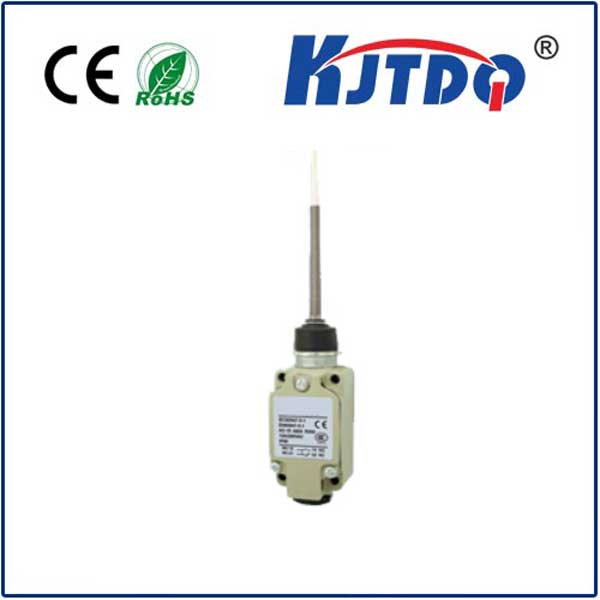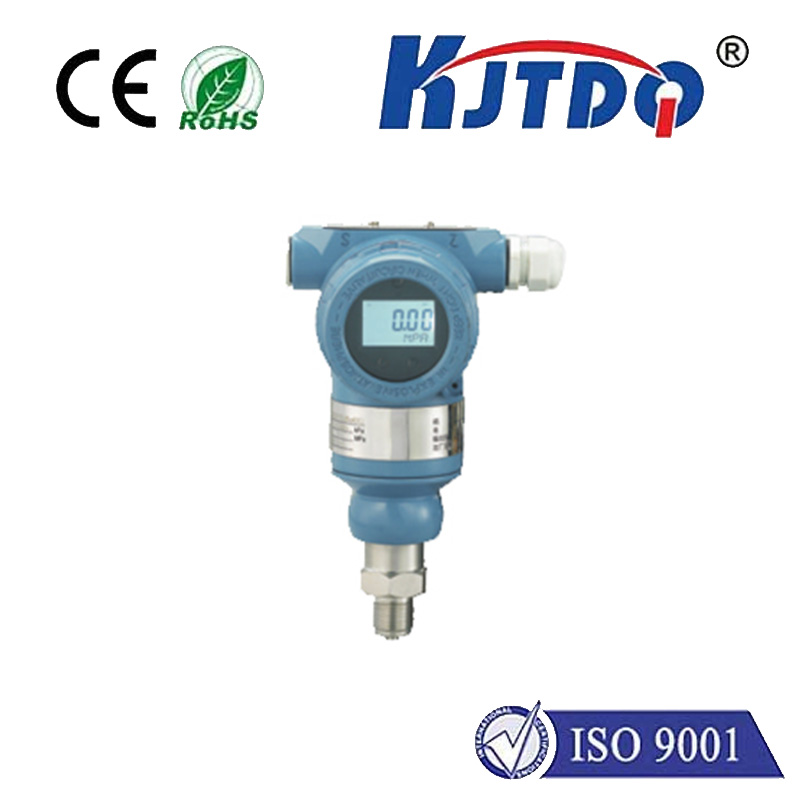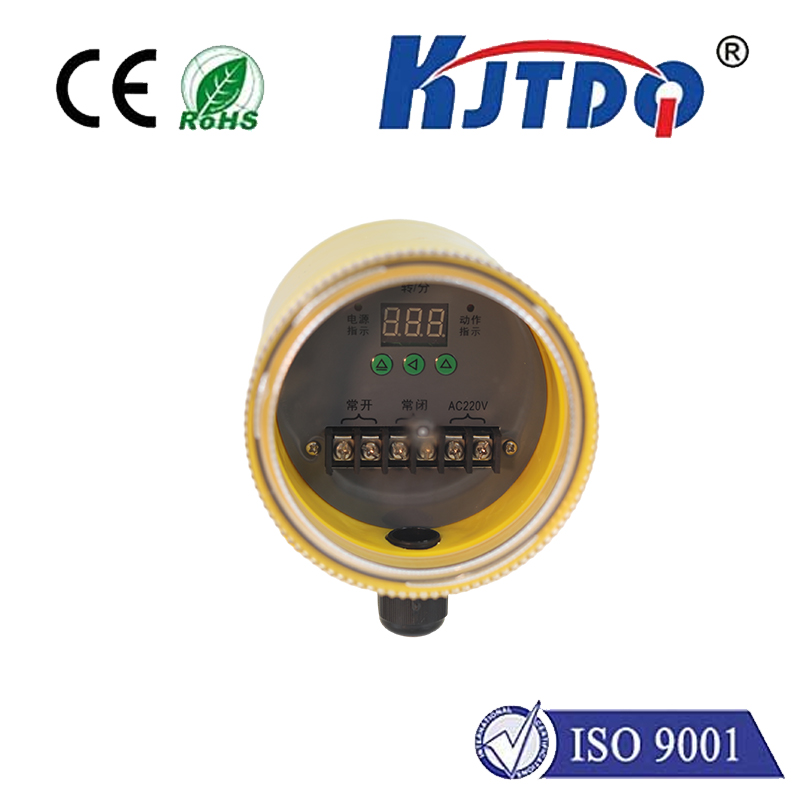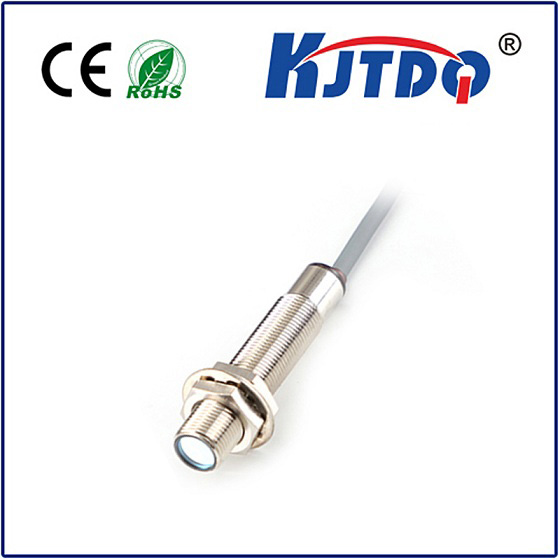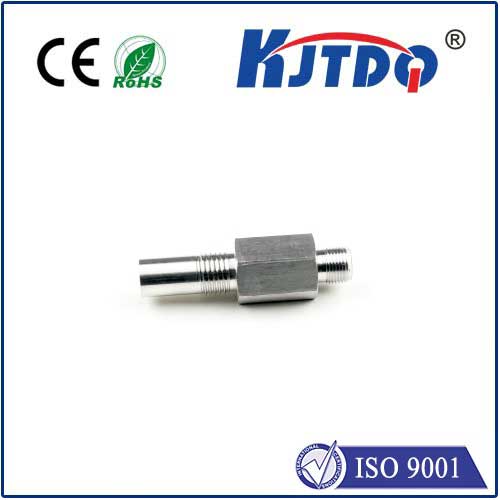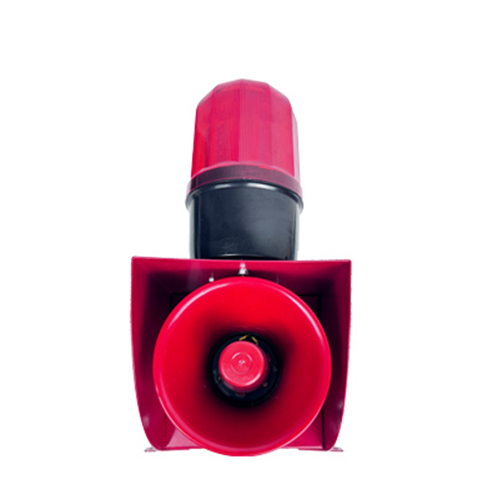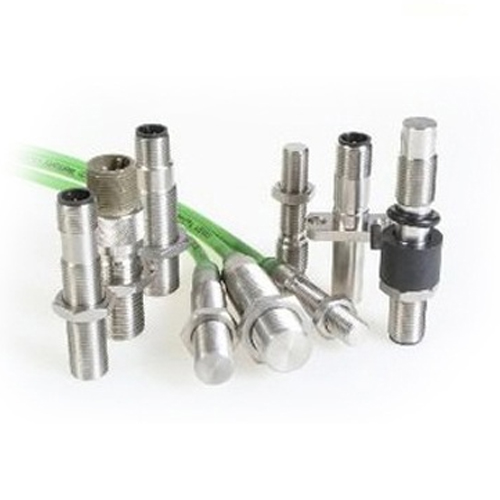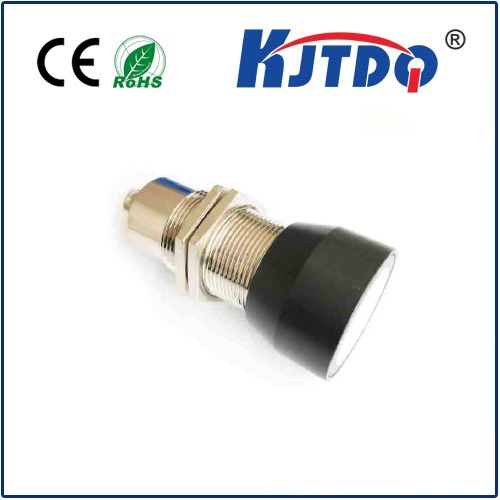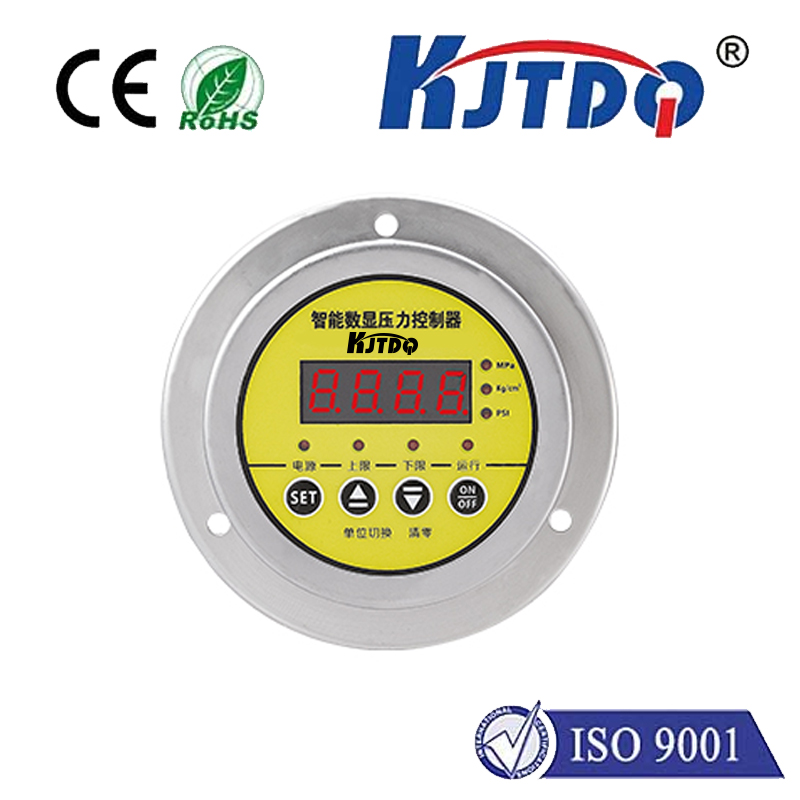

check

check

check

check
What if just one centimeter stood between your machine’s flawless operation and a costly malfunction? This isn’t a question of hypotheticals; it’s the domain mastered by the incredibly versatile 10mm proximity sensor. This specific sensing distance represents a critical industry standard, striking a powerful balance between reliability, installation flexibility, and performance across an immense range of tasks. Whether silently counting products on a high-speed conveyor, safeguarding robotic arms, or detecting a metal door position in harsh environments, these sensors are the behind-the-scenes heroes ensuring industrial processes run smoothly and safely.
Why Does the 10mm Detection Distance Matter So Much?
The 10mm sensing range isn’t arbitrary. It represents a technological sweet spot. Sensors with shorter ranges (e.g., 1-4mm) often require extremely precise positioning, complicating installation and risking misalignment during operation or vibration. Longer-range sensors (e.g., 20-50mm), while offering more “breathing room,” can sometimes suffer from reduced electromagnetic field density, potentially impacting detection stability on smaller objects or making them more susceptible to interference from adjacent metallic structures. The 10mm proximity sensor offers a robust and reliable detection zone – sufficient distance to account for mechanical tolerances, thermal expansion, and minor vibrations without sacrificing the pinpoint accuracy and strong signal integrity needed in demanding environments.
How Do These Indispensable Sensors Actually Work?
The vast majority of proximity sensors with a 10mm range are inductive sensors. Here’s a look at their core principle:

This contactless operation is the key to their incredible durability. With no moving parts to wear out, they excel in harsh industrial settings plagued by dust, oil, coolant, and vibration – environments where mechanical limit switches would quickly fail.
Beyond Inductive: Capacitive Options
While inductive dominates the 10mm proximity sensor market, capacitive variants also exist. These detect changes in capacitance caused by any object (metal, plastic, wood, liquid) entering their field. While typically offering slightly less repeatable precision at the 10mm distance compared to inductive sensors on metals, they are invaluable for tasks like detecting plastic bottle caps, glass levels, or non-ferrous materials where inductive sensors wouldn’t function.
Where Do You Find 10mm Proximity Sensors Hard at Work?
The applications are virtually limitless:
Critical Selection Criteria for Your 10mm Sensor
Choosing the right proximity sensor 10mm goes beyond just the range:
Why the 10mm Proximity Sensor is Your Reliability Partner
The 10mm sensing range delivers consistent performance and significantly reduces installation stress. It provides enough leeway for robust mounting without the constant fear of target misalignment causing failure, yet maintains a focused detection field for reliable triggering. When paired with high IP ratings and ruggedized construction, these sensors offer exceptional longevity and uptime, drastically minimizing maintenance needs and costly production stoppages. Their solid-state nature ensures millions of reliable switching cycles.
Conclusion: A Centimeter of Confidence
In the intricate dance of modern automation and machinery control, the 10mm proximity sensor is a fundamental building block of sensing reliability. Its popularity stems directly from its practical and highly effective detection range. Understanding its operating principles, the critical differences between inductive and capacitive types, and the key selection factors empowers engineers and technicians to deploy these sensors effectively. Whether ensuring a robotic arm grips a component perfectly, confirming a safety gate is closed, or counting thousands of products an hour, the humble proximity sensor 10mm delivers unwavering, contactless performance – making that critical centimeter a cornerstone of operational efficiency and machine intelligence across countless industries.
